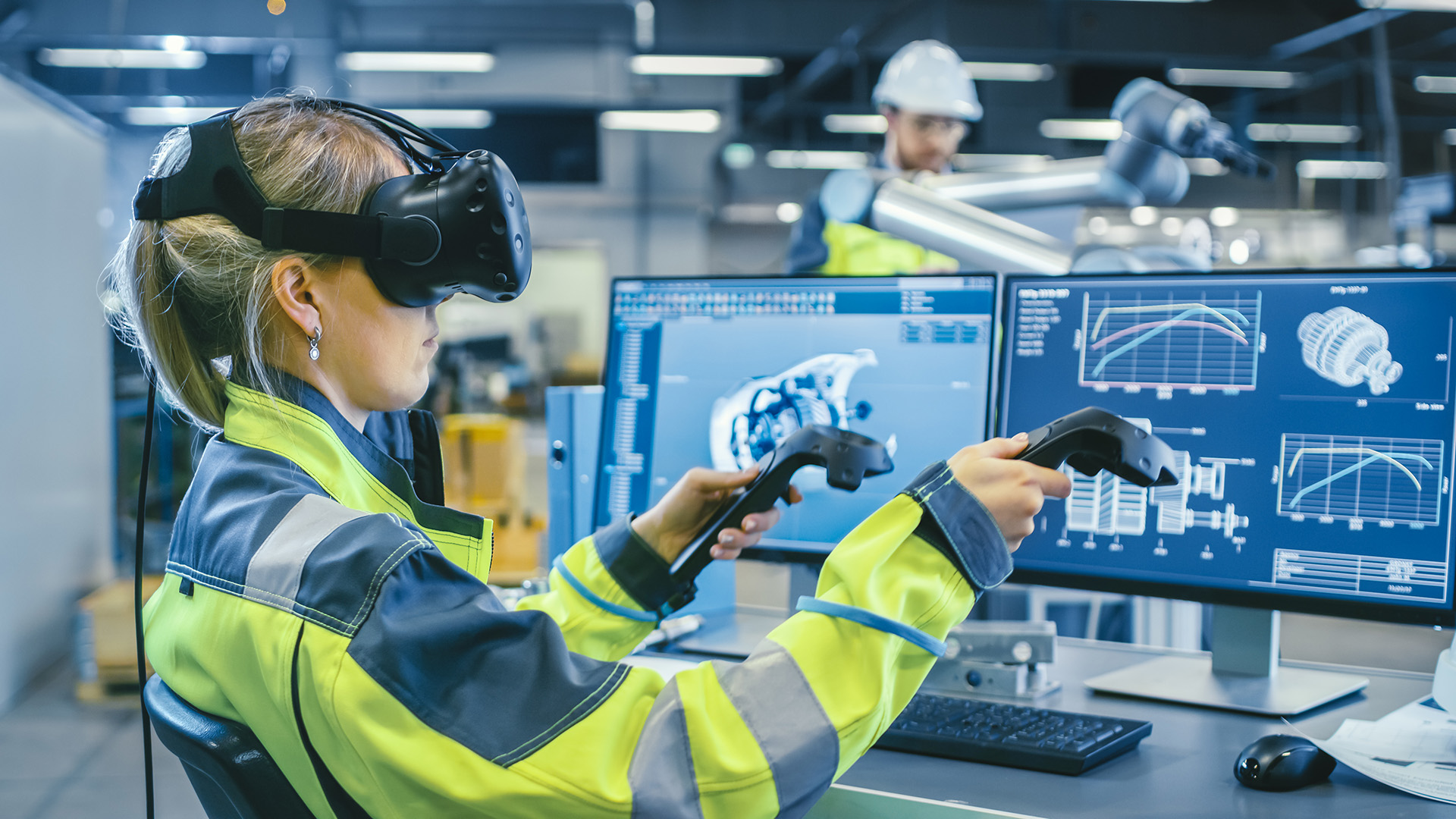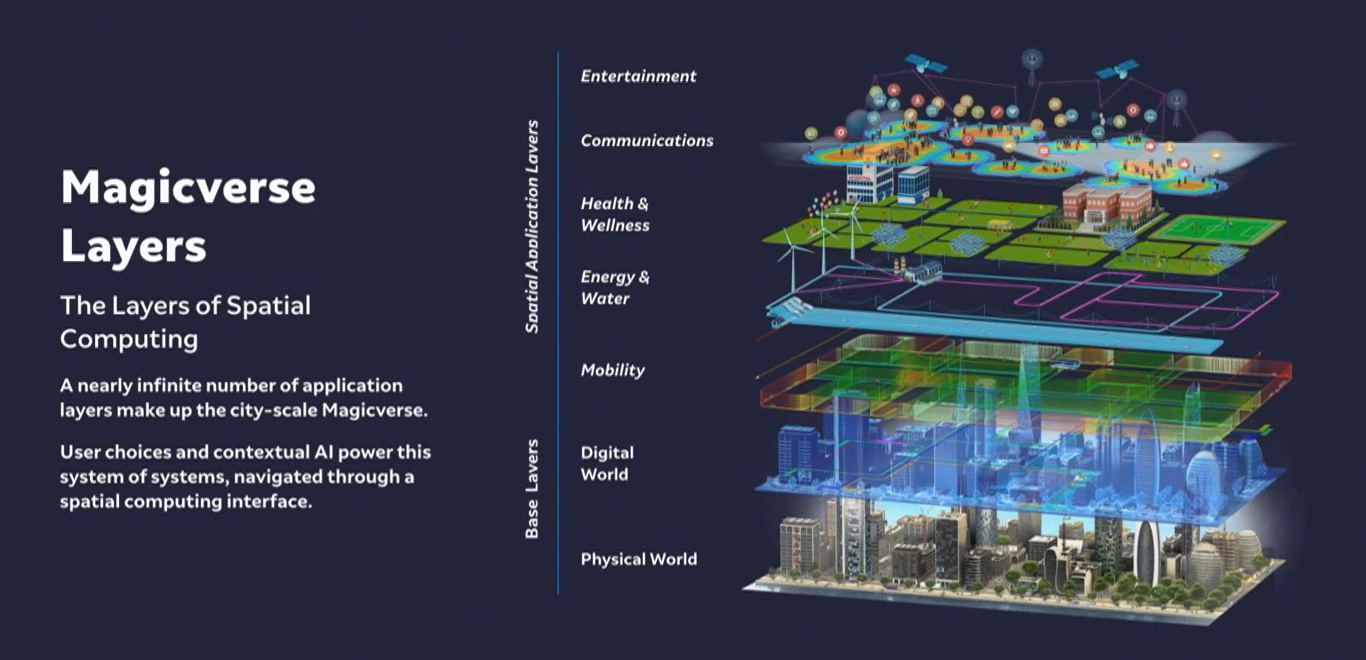
VR and AR Trends in Enterprise Settings
Transformational technology has a habit of spooking people. Especially in the workplace. For most people, ground-breaking gear means doing their jobs in a dramatically different fashion than the status quo. And that can be outright terrifying. Because the average person doesn’t have the contextual knowledge to picture his or her daily life after a paradigm shift. But we’re going to shed some light on the VR and AR trends coming in 2020 that will alleviate concern … for anyone who needs to hear it.
“In 2020, spatial computing is going to move beyond fancy demos, proof of concepts, and pilots. Not only will it be used to bridge the major skills gap that industrial organizations are experiencing, but it will become an indispensable digital productivity tool that enables workers to perform tasks more consistently and efficiently while reducing the risk of harm to both man and machine.” – Dirck Schou, Taqtile Inc. via Unity Technologies
Enterprise VR and AR for Workers
The average industrial worker has spent his or her career working with hand tools and machines in a very tactile capacity. They all use safety gear and follow clear protocols. So, they’re in a good position to pick up the skills needed to use VR and AR equipment. But almost none of them have been expecting (what they consider) video game equipment to transform the way they work. Augmented and fully immersed tasks are coming, nevertheless.
From aeronautics to automotive, and manufacturing to maintenance, Mixed Reality or Extended Reality is poised to completely overhaul the way work is performed. We’re looking at nothing short of an assembly-line-level change to the nature of ‘work’ for millions of people.
Anyone who manages an industrial workforce will need a strategy to address the inevitable fears and resulting resistance that will come with a Digital Transformation to VR headsets or AR glasses. As a forward-thinking leader, you’ll know the change is worthwhile and necessary. But it’s also vital that you anticipate the learning curve associated with these changes.
Infrastructure Pain Points
The process of implementing new technology is not painless. Any organization will inevitably have people – from stakeholders to staff members – that are not onboard. And when you look at workflows like the Varjo video above, it’s easy to see why someone might be intimidated.
Statements like “This is going to cost a fortune!” and “I don’t know how to use that!” are kneejerk reactions you’re liable to hear. Because people on the outside of new realities can feel excluded, like those changes are for someone else, someone smarter or more privileged. We know that’s not true, but your workforce might not be there yet.
Regardless, the transformation tipping point is here. Companies that have tried VR or AR prototypes need to shift to mass adoption. And businesses that have yet to get started need to catch up quickly. This means new equipment, training, rethinking and … change. And of course, it means investment in the form of hardware and staff time.
These are big hurdles. We get it. You don’t want to buy new equipment, commission purpose-built software, and then retrain some or all of your staff. Not until you know it’s a sure thing.
“XR has proven to be a paradigm shift for enterprise in terms of boosting productivity, cost-savings, and learning and development, particularly in relation to highly skilled and specialized areas ranging from surgery to spacecraft engineering. Yet where so far we have seen pioneering companies work largely on an experimental trial-and-error basis, this next decade will see research catching up to meaningfully support this deployment on the ground.” – Alice Bonasio, Tech Trends via Unity Technologies
VR and AR Trends in the Next Decade
2020 and beyond will undoubtedly see more penetration for Extended Reality in enterprise settings. Once the dust has settled from the coming transformation wave, XR will be the new workplace normal. We will watch XR gear become commonplace and see breakthroughs past confusion about how VR and AR can be utilized at work.
XR will be to near-future humanity what electricity was to the world of the early 1900s, starting with training and moving through day-to-day tasks. It sounds dramatic. And it should. When big changes are coming, it’s worth frantically waving your arms in the air.

Magicverse and the Layers of of Spatial Computing (Credit: Magic Leap)
Photorealism in VR and AR has advanced, making the above-mentioned training highly effective. Realistic prototypes and life-like marketing are all just outside your door as well.
Even if your workplace doesn’t fall into the Enterprise category, we expect that you’ll still see the effects of Digital Transformation in your daily life. VR and AR are being integrated into the IoT. Jointly, the AR Cloud will balloon to the point where it fulfills the promised potential of becoming earth’s invisible second skin.
Experts in VR and AR Trends
The gist is this – Extended Reality products are coming to enterprise settings. It’s already happening. So, it’s not a matter of if you’ll make the change, but when. The good news is that XR is going to improve workflows, and in turn, profitability. Your next important choice is how best to get ahead of the coming transformation. Remember, if you are not moving forward, you are already falling behind.
Stambol visionaries have been working with this tech since before VR and AR trends were a thing. So talk to us today about how we can help your business take on this transformation with a viable, stable, and affordable strategy.
Feature Image Credit: gorodenkoff / Adobe Stock


